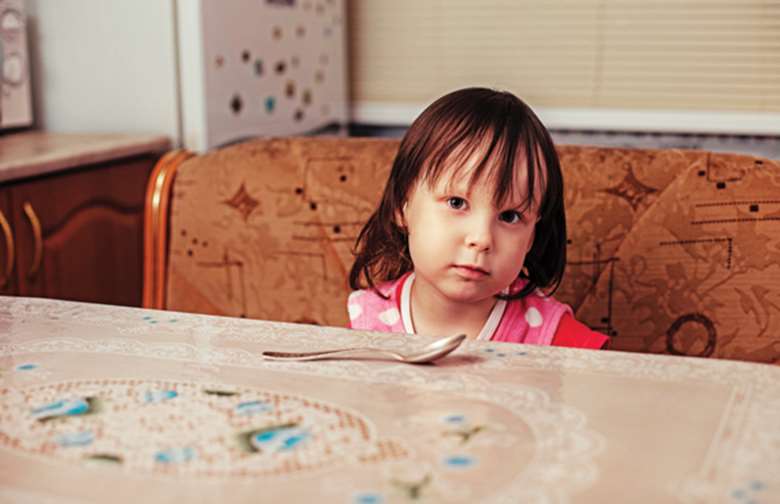Campaigners criticise Child Poverty Unit cuts
Joe Lepper
Friday, November 11, 2016
Staffing levels at the Child Poverty Unit have more than halved over the last four years, according to latest government figures.

In response to a parliamentary question asked by Labour MP Dan Jarvis, the work and pensions minister Damian Hinds revealed the unit now consists of just 10.5 whole-time equivalent (WTE) staff, considerably down on the 2012/13 figure of 23.37.
This followed a reduction in 2013/14 to 17.83 WTE and in 2014/15 to 13.5 WTE.
Despite the reduction in its size, Hinds said: "The Prime Minister is clear that tackling poverty and disadvantage, and delivering real social reform, is a priority for this government."
But Alison Garnham, chief executive of Child Poverty Action Group called for "more not less, resources" to tackle child poverty "if the new talk of building a country that works for everyone means anything".
She said: "Our new Prime Minister has inherited a child poverty crisis. Her predecessor effectively repealed the Child Poverty Act, the poverty-reduction targets are gone and the Institute for Fiscal Studies is projecting a 50 per cent increase in child poverty by 2020.
"The role of income will need to be at the heart of any strategy the new government produces for improving children's life chances."
These latest figures come in the same week the End Child Poverty coalition revealed that in some parts of the UK nearly half of children are living in poverty.
The coalition's newly published Child Poverty map of the UK found there are 3.5 million children living in poverty. Broken down by parliamentary constituency, the map shows that in 12 areas more than four out of 10 children are in such low-income families.
The worst constituency is Birmingham Ladywood where the rate is 47.3 per cent. Others in this disadvantaged group include Manchester Central (44.8 per cent) and Poplar and Limehouse, in Tower Hamlets, London (43.7 per cent).
These three cities dominate the coalition's child poverty map, accounting for seven of the 20 constituencies with the highest rate.
End Child Poverty has also broken down the figures by council area. Tower Hamlets is the worst performing, with a 43.5 per cent child poverty rate, followed by Manchester at 40 per cent.
The coalition says the benefits freeze in place until 2020, cuts to in-work benefits through Universal Credit, coupled with inflation will make life even harder for low-income families.
End Child Poverty chair Sam Royston is calling for the Chancellor in his forthcoming Autumn Statement to act to help struggling families.
He said: "In every community, there are children being denied the happy childhoods and the good start in life other children take for granted. Our children are now twice as likely to be poor as our pensioners."




